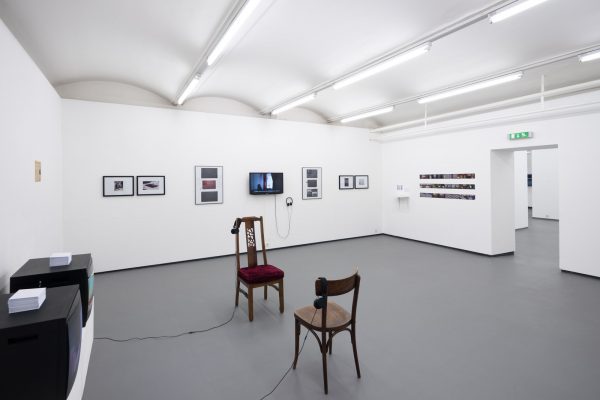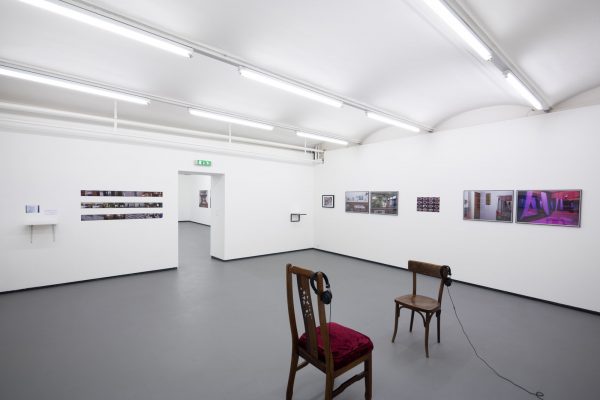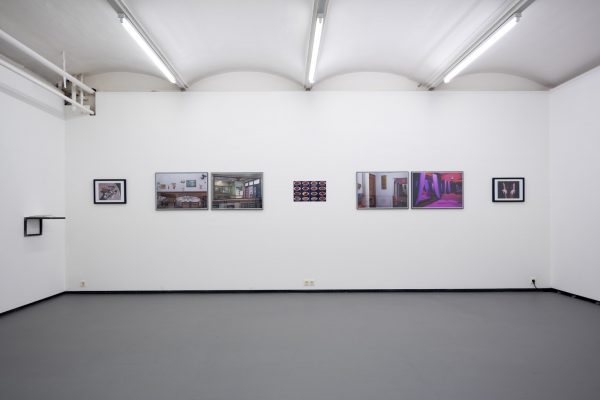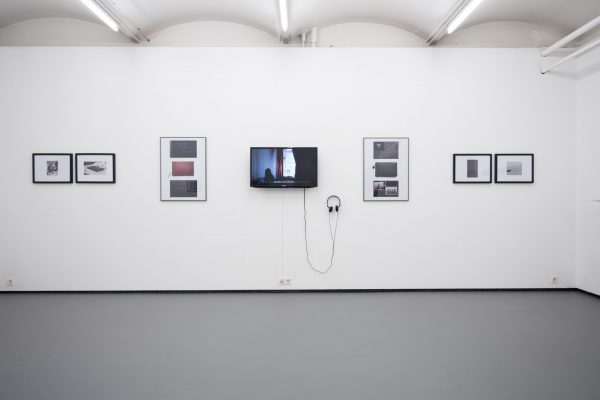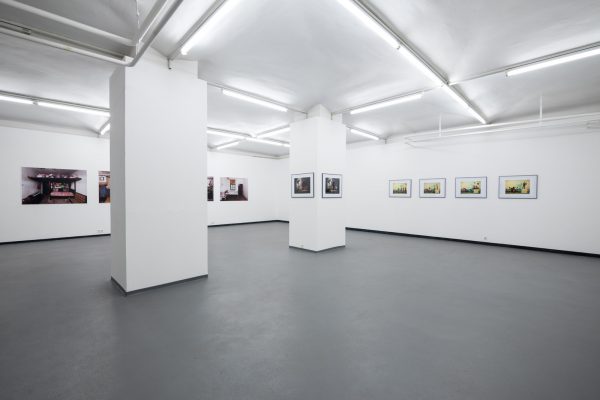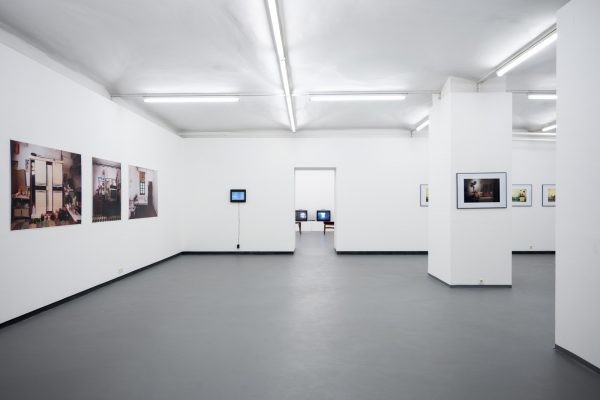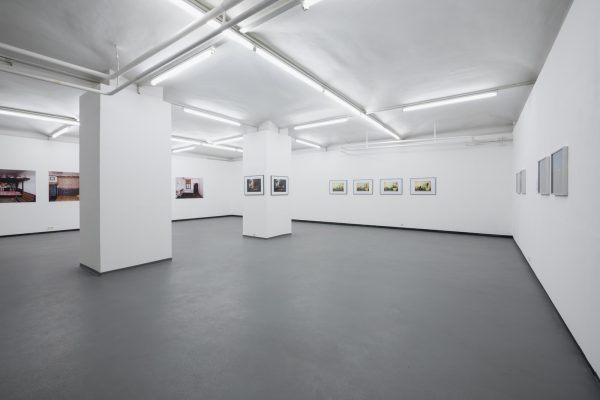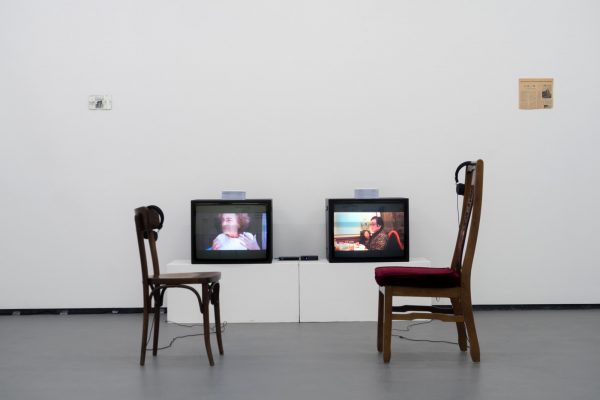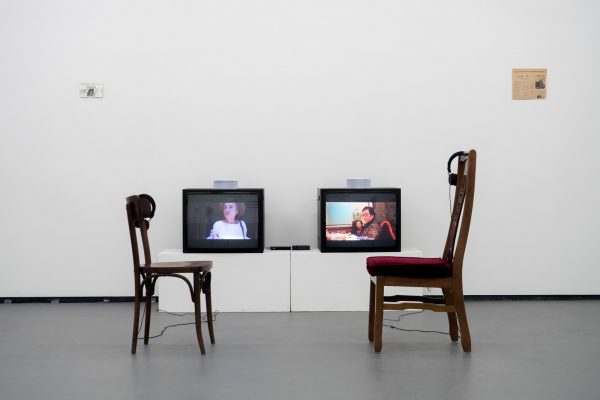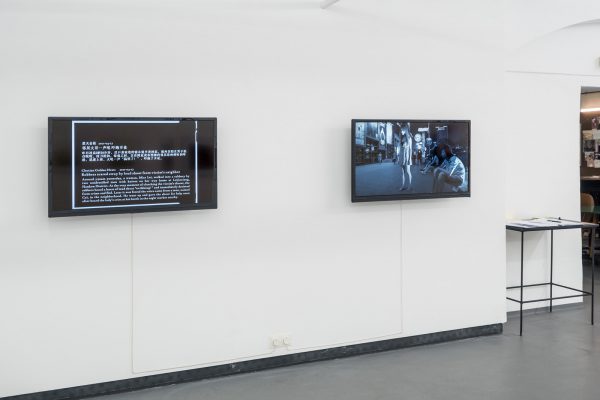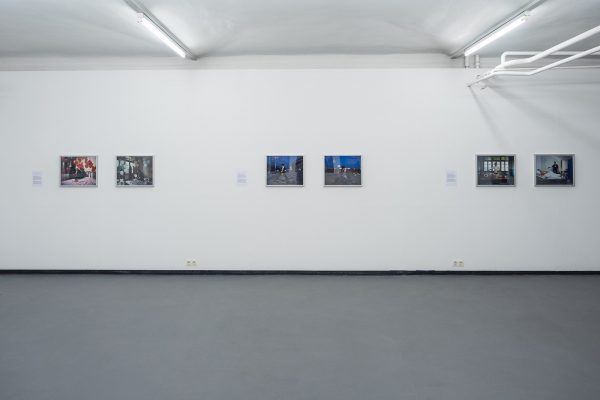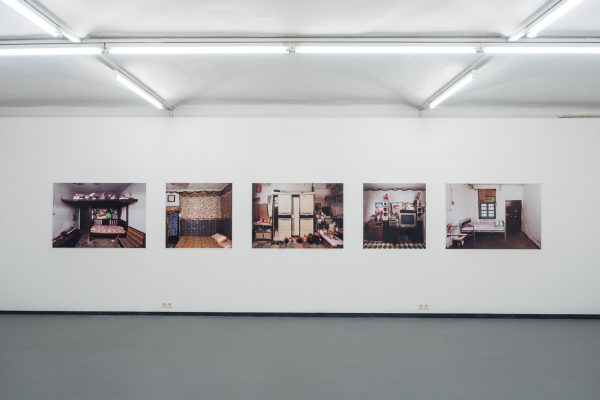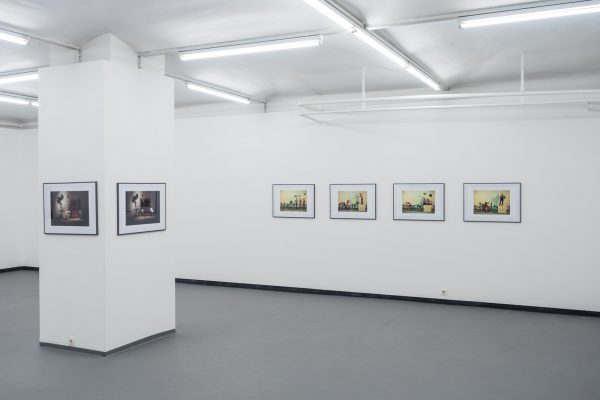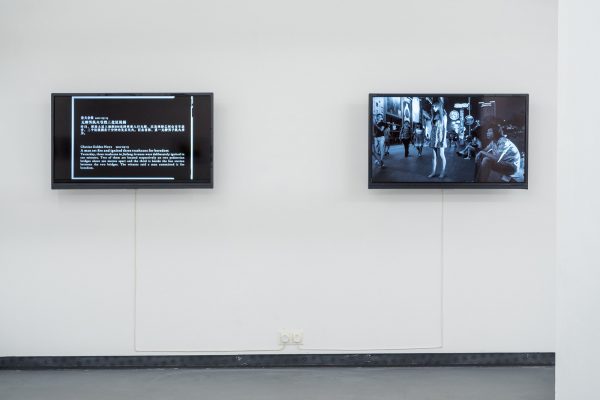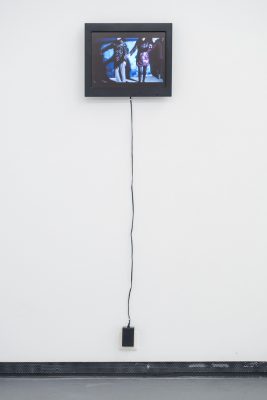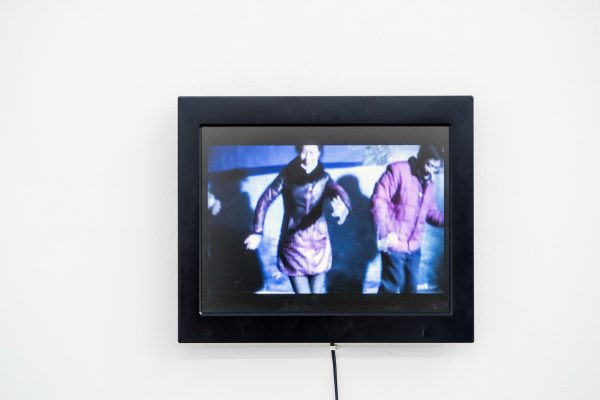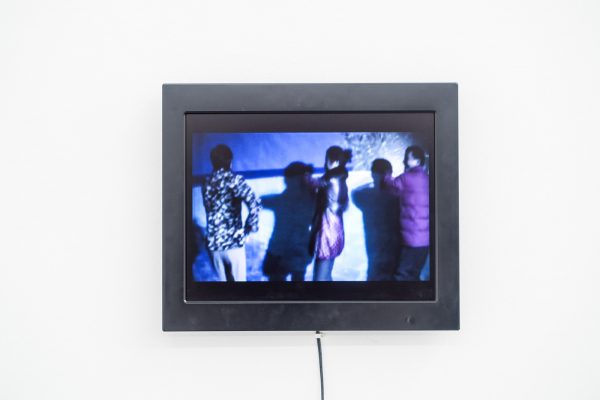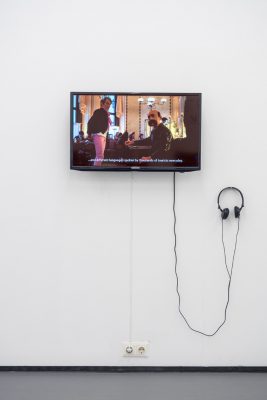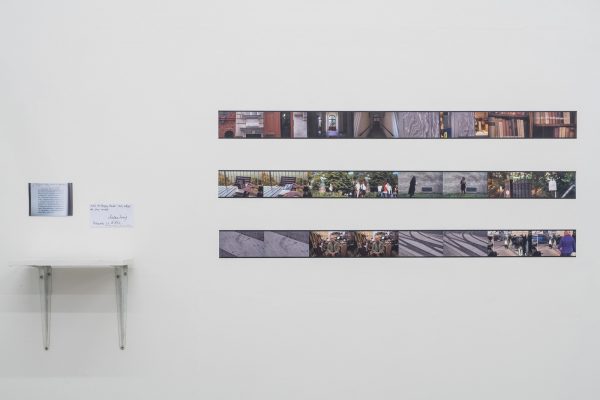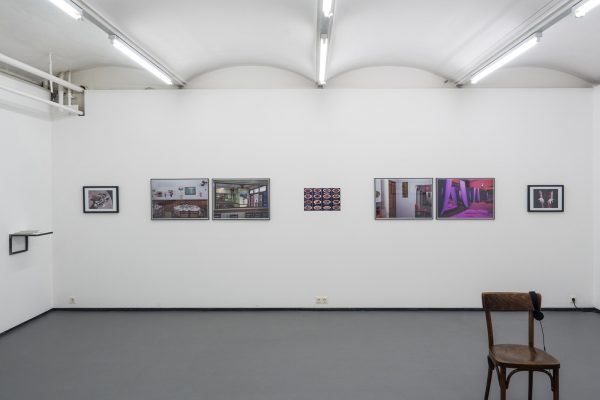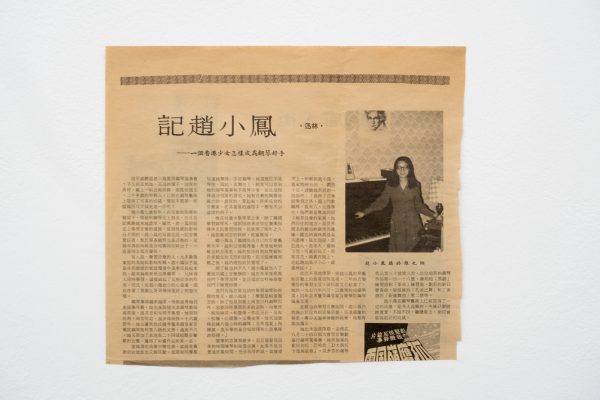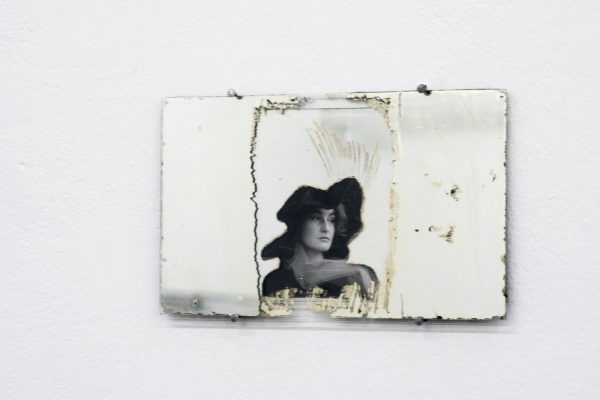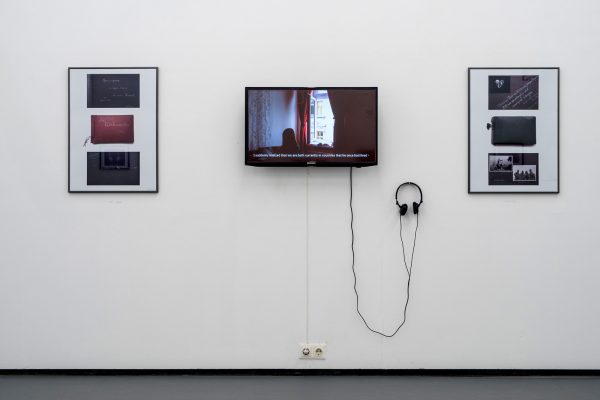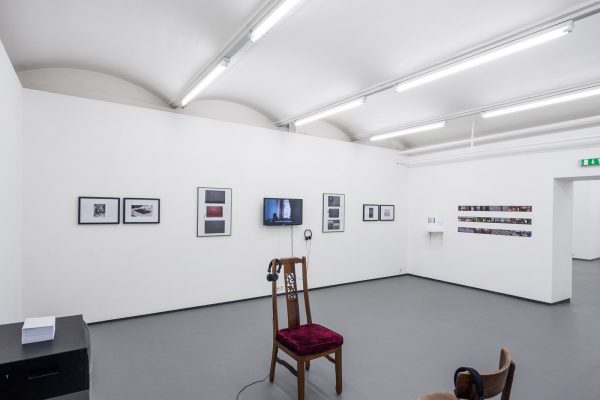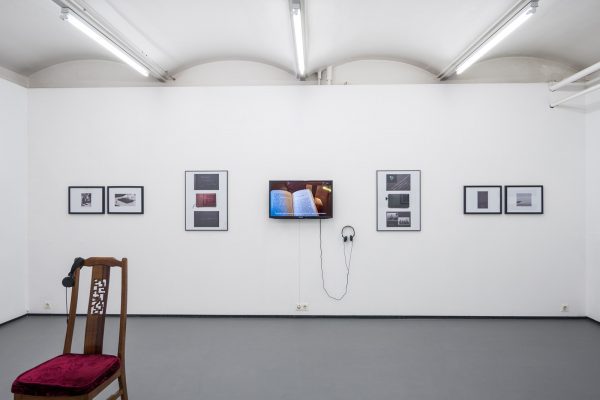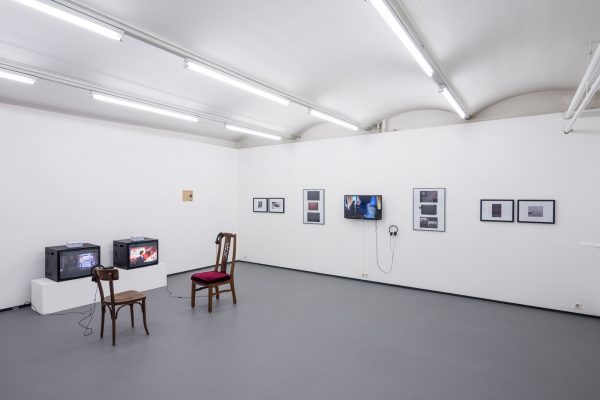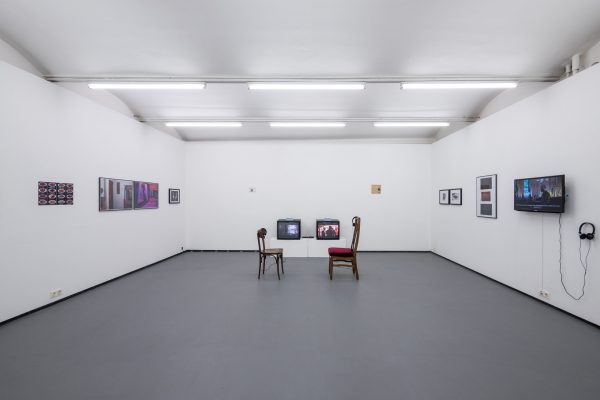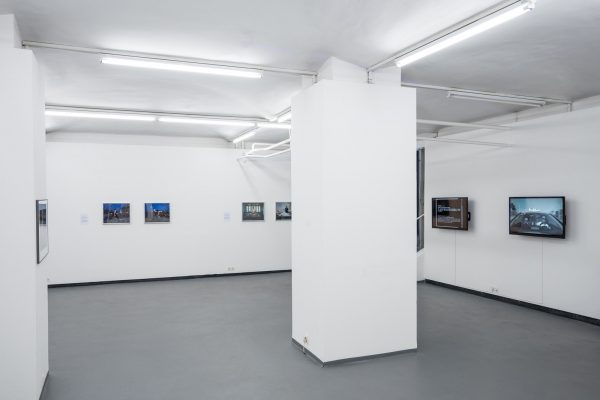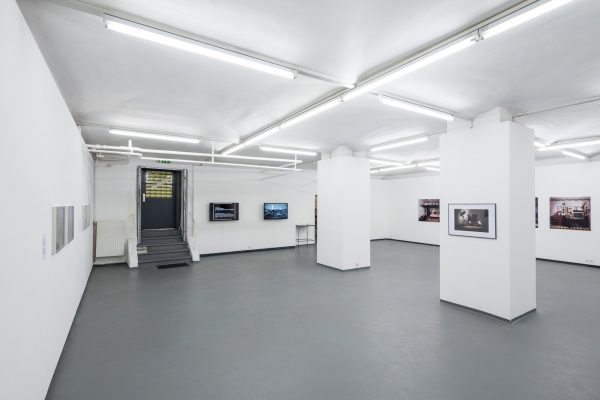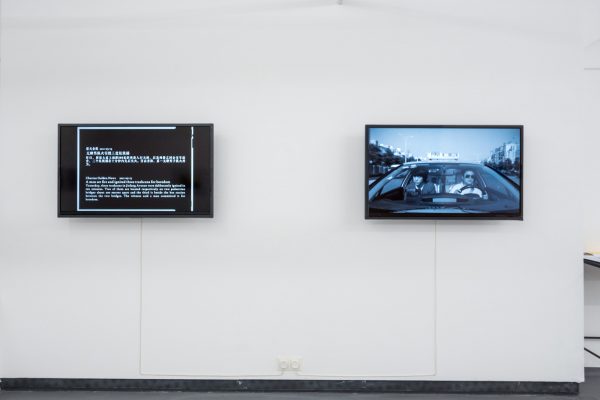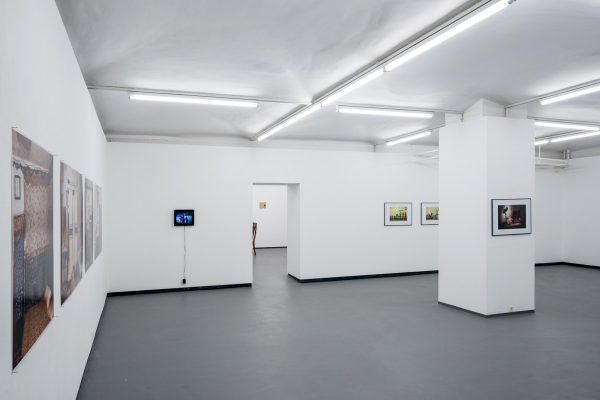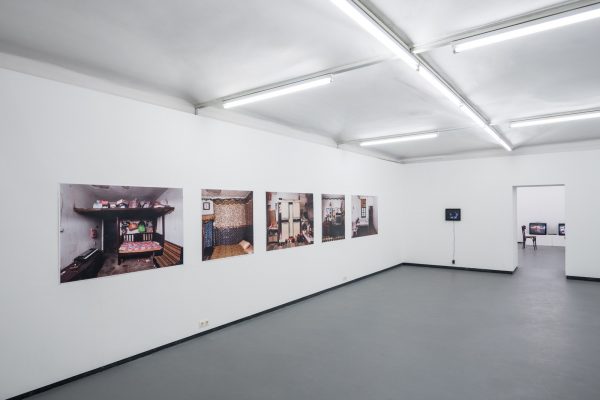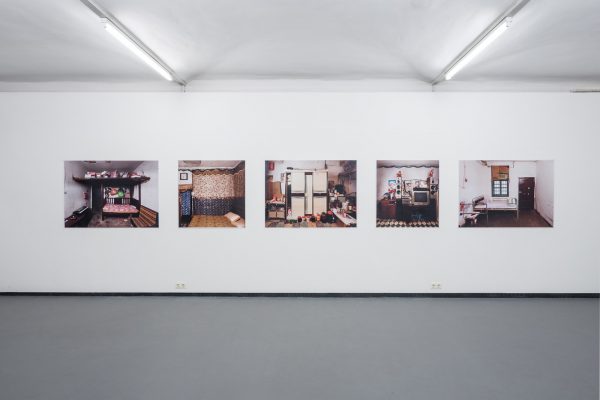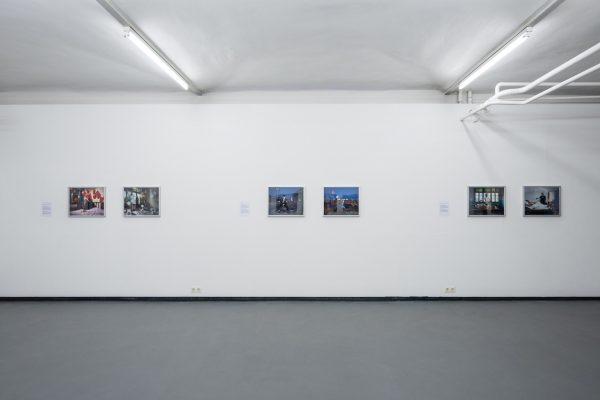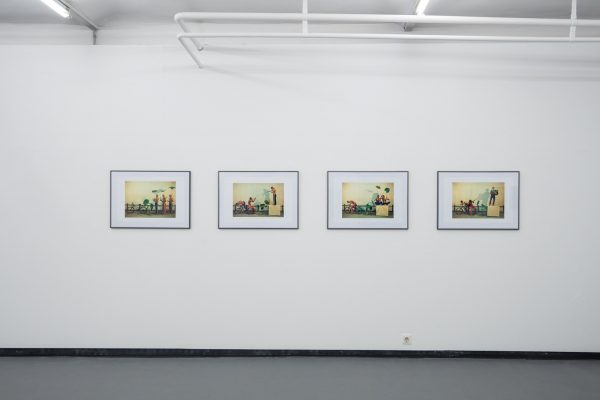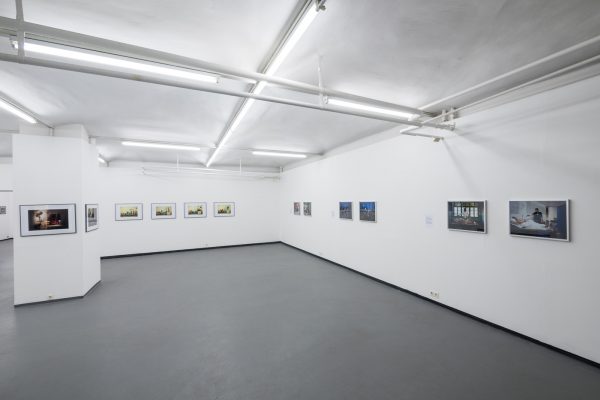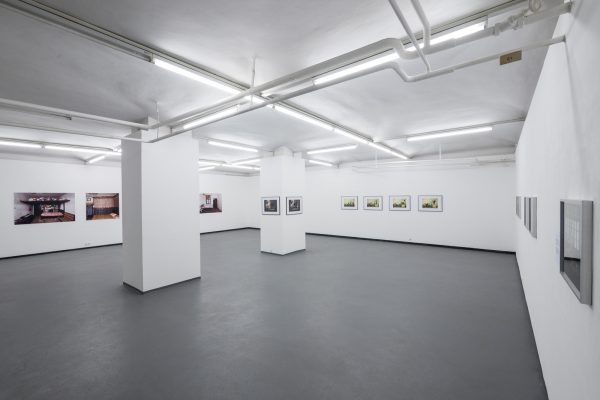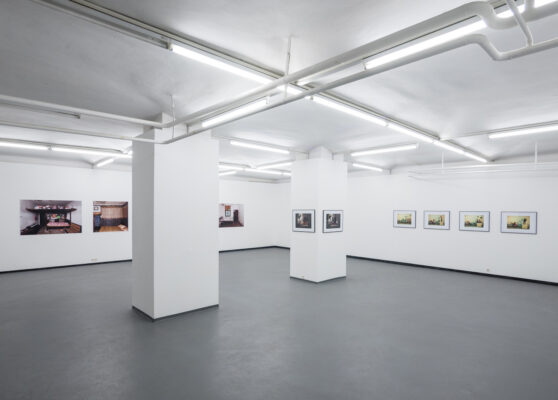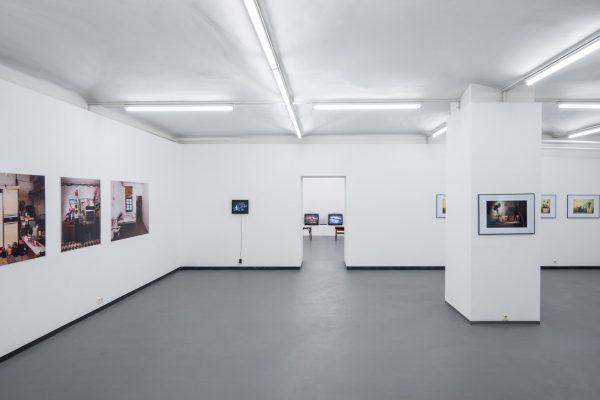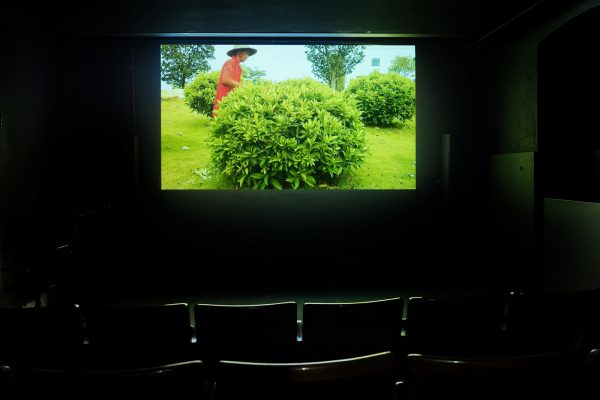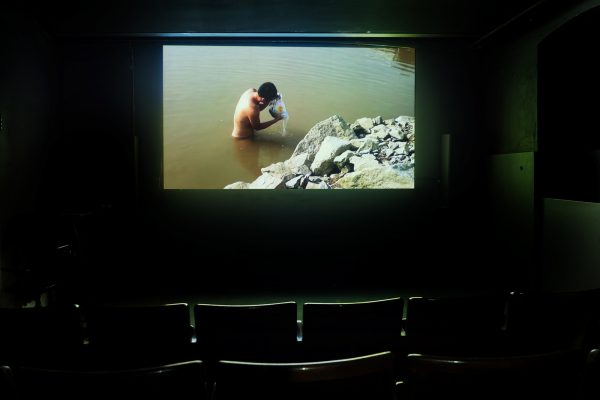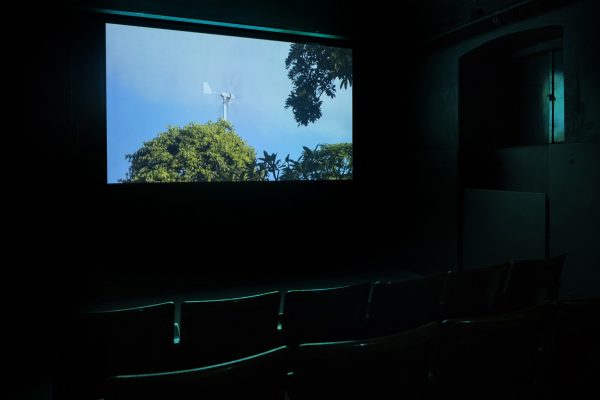Opening: Monday, 10 October, 7 p.m.
Introduction: Yi Xiaoting, ORGANHAUS, Chongqing, and Brigitte Prinzgau, 7.30 p.m.
Artist Talks: Li Yu & Liu Bo, Yang Yuanyuan, Zhao Tianji, 8.30 p.m.
Asian cooking event & music: 9 p.m.
sponsored by: BKA Kunst; MA7-Kultur; Cyberlab; Bezirkskultur Alsergrund
The exhibition DIVERSITY OF MODERNITY is the first part of an art exchange between the FOTOGALERIE WIEN and the ORGANHAUS in Chongqing, China. ORGANHAUS is an autonomous institution organised and run by artists and curators with the aim of encouraging contemporary Chinese art and organising international exchanges and exhibition projects. ORGANHAUS is located in Chongqing, a city in South-west China and it has at its disposal a large exhibition space and ateliers for residencies. Two artists, Yang Yuanyuan and Zhao Tianji, will develop location specific projects for the Vienna show. Part II of the exhibition exchange will take place in 2017 at the ORGANHAUS with Austrian artists.
Ongoing globalisation processes since the beginning of the 21st century have led to complex restructuring of social values and ways of life. Relentless new developments and different approaches and definitions of modernity have effected sustainable social changes. China, until recent decades characterised by a rural, agricultural society, has undergone a rapid transformation resulting in today’s highly developed industrial and informational society. The previously strictly controlled planned economy has developed into a commercial and market-oriented economy with implications for the contemporary art scene. Contemporary Chinese art is no longer limited to the periphery but has assumed an important role in the global art scene. The exhibition will show how these rapid developments are reflected and is divided into three sub-topics: history/identity; urbanisation/landscape and location-specific aspects/nomadism.
The work, 16.9 m² is concerned with Wang Haichuan’s longtime interest: the old munitions factory in Chongqing. The living conditions in the 16.9 square meters housing in which workers lived with their families for the last sixty years is described in photographs and interviews. The rooms tell of the standardisation of the time as well as the individual adaptations made by the residents. The quarters will shortly be demolished and the families moved to suburbs on the edge of the city.
Zhang Jiaping’s videos, Territory of Wetlands and Sketch from Nature, weave reality and abstract narration together. As in advertising, real storylines are disrupted by apparently unconnected images. They are, however, linked with each other at a higher level by the universal force generated every minute by visual systems and images.
In her work Zhao Tianji reacts to found materials and everyday situations. Most often she acts in public space where she carries out temporary actions. She makes references to both tradition and the constant changes in Chinese society. The artist is planning a location (Vienna) specific project for her contribution to the exhibition in the FOTOGALERIE WIEN.
In the works Meet by Chance and Paradise’s Garden Li Yong plays with various references to Chinese history (Cultural Revolution, Peking Opera etc.). His theatre setting-like stagings are bizarre and loaded with symbols. They reflect cultural alienation and the fear of a vague and ambiguous identity.
The works of the two artists, Li Yu & Liu Bo, pose the question as to why we trust the information from mass media and regard them as reflecting reality. The videos and photo works are re-enactments of bizarre reports in state-sanctioned newspapers and draw a witty and provocative portrait of present-day Chinese society.
The starting point of Yang Yuanyuan’s projects is usually intensive historical research. She experiments with various ways of telling visual stories in which reality and fiction are entwined. She describes her work as being a kind of weaving: pictures from different periods are woven together with texts into a “pictorial atlas”. She often chooses to present these in the form of an installation or a book.
Petra Noll
